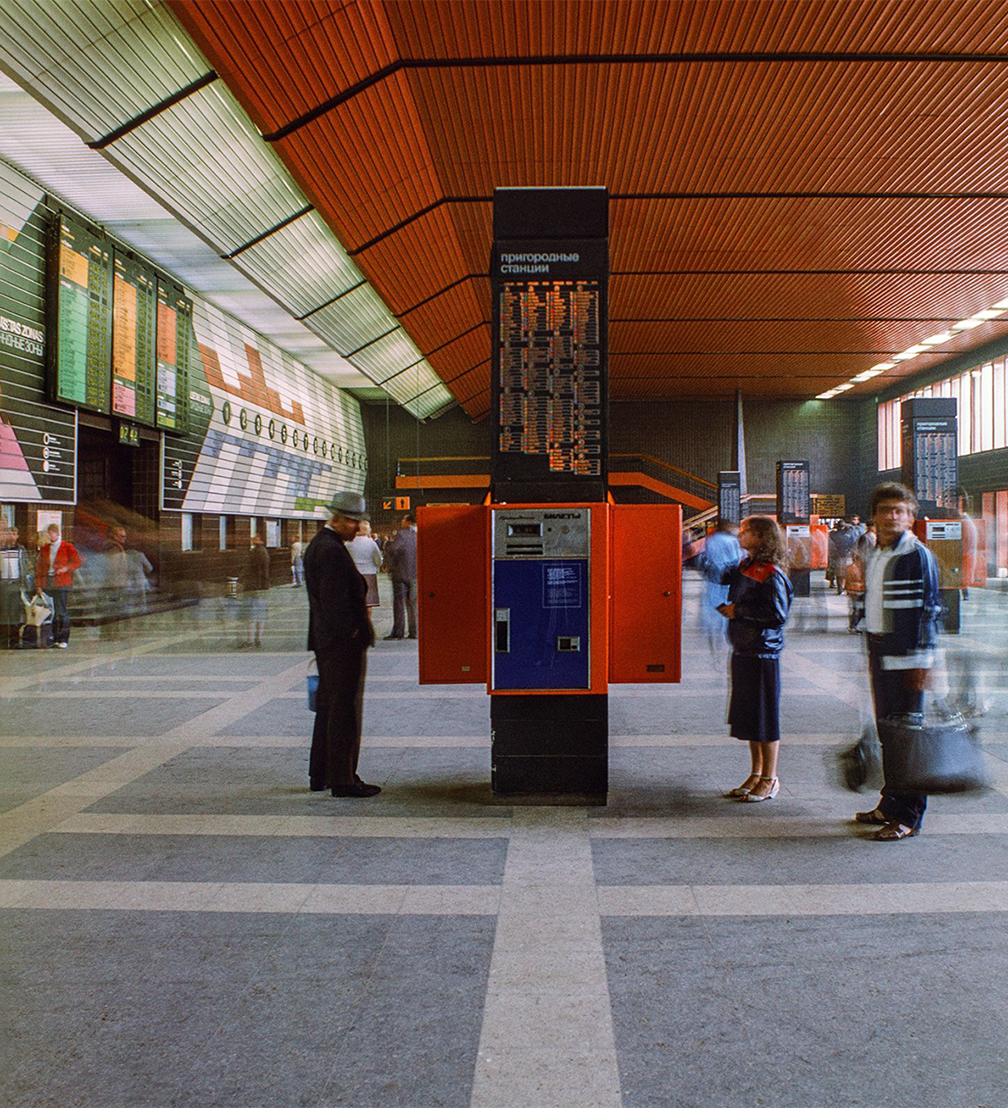
From October 18, 2024 to January 26, 2025, the Museum of Decorative Arts and Design (MDAD) will present the first retrospective of the renowned Latvian designer and environmental artist Jānis Krievs. The Bygone Future exhibition offers a multifaceted presentation of his achievements in design, kinetics, environmental, and interior art, featuring designer’s sketches and their life-size interpretation, as well as a virtual walk through the historical interior of the Riga Central Railway Station designed by Krievs.
The exhibition Jānis Krievs. The Bygone Future will provide viewers with a unique opportunity to experience the atmosphere of the 1970s and 1980s through the prism of one designer’s creative work. Jānis Krievs was an innovator in several artistic fields, beginning from painting, which he studied, to interior projects and explorations in kinetic and proto-digital art.
Jānis Krievs (1942–2016) was one of the most prominent Latvian graphic designers, environmental and interior artists, and representatives of kinetic art. His creative legacy has a special, distinguished place in the history of Latvian design. Soviet period design is an understudied and under-publicised cultural asset in Latvia, especially the heritage of the 1970s and 1980s, which has mostly been lost, transformed, and not known to the younger generation. The artist’s creative work deserves to be on a par with Rihards Zariņš, Ansis Cīrulis, Jūlijs Madernieks, and other prewar design classics, as well as the daring post-war architect Marta Staņa and his contemporary Valdis Celms, broadening public perceptions of the golden fund of Latvian design.
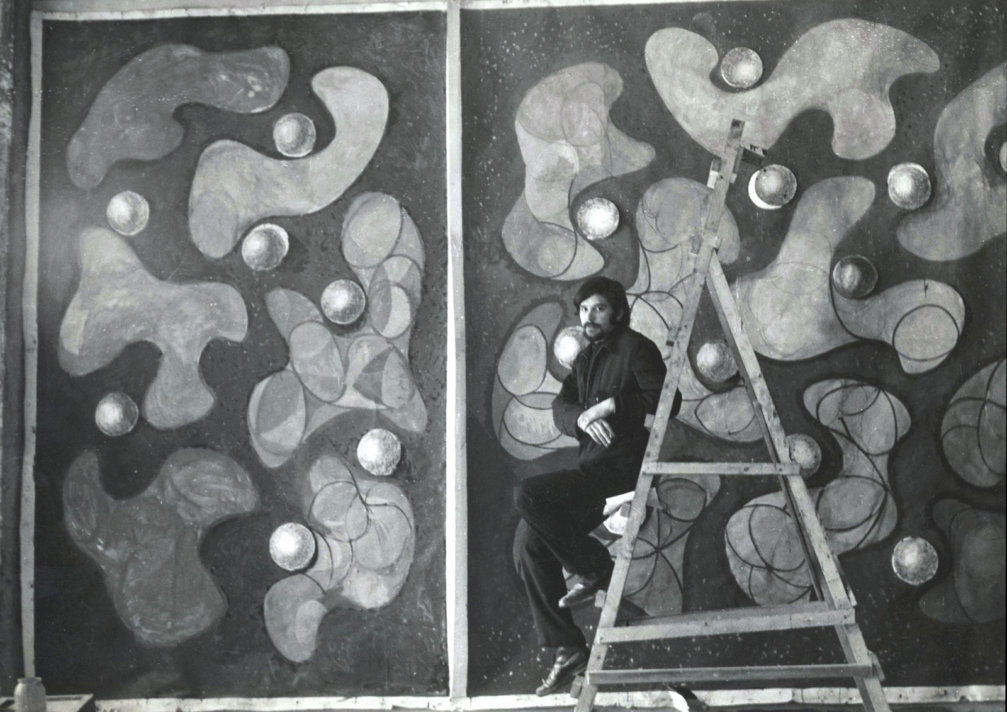
The paradox of Jānis Krievs’ work is that his most active creative period took place when the Soviet regime lost it’s authority — ideologists called it the period of «advanced socialism», later dubbed stagnation. However, the artist’s imagination had nothing to do with the politically stifling atmosphere and economic backwardness — he was working for the future, seeing it as westernised, modern, beautiful, and technologically advanced. The illogy enclosed in the exhibition’s title The Bygone Future is ambivalent – it combines the artist’s futuristic, forward-orientated creativity with the actual situation that his most significant realised objects — the environmental design of Riga Central Railway Station and the kinetic solution of the station clock, the kinetic wall of the Daugavpils Palace of Culture stage, the kinetic object and stage relief of the Railway Workers’ Culture Palace, the foyer interior of the Riga Sports Palace, etc. — have been realised but have not survived to the present day.
The exhibition will feature more than 100 original works of the artist. This will be the first major solo retrospective of the renowned designer, spatial and environmental artist, and will cover his rich creative legacy, most of which is held in the collection of the Museum of Decorative Arts and Design. In order to give the viewer a broader idea of the scope of Jānis Krievs’ work and the impact of the techniques used to organise space, not only the artist’s drawings and sketches will be on display, but also a creative interpretation of them in real dimensions (by Mārtiņš Ratniks). Moreover, there will be an opportunity to «walk through» the interior of the railway station in an interactive digital reconstruction. The exhibition will highlight the most important qualities of the artist’s work: his vision of the future, his sense of presence, and his complex approach.
The exhibition Jānis Krievs. The Bygone Future will be on view at the Museum of Decorative Arts and Design in Riga from October 18, 2024 to January 26, 2025. More information about the retrospective is available on the MDAD website. The project has been realised with the support of the State Culture Captial Foundation.
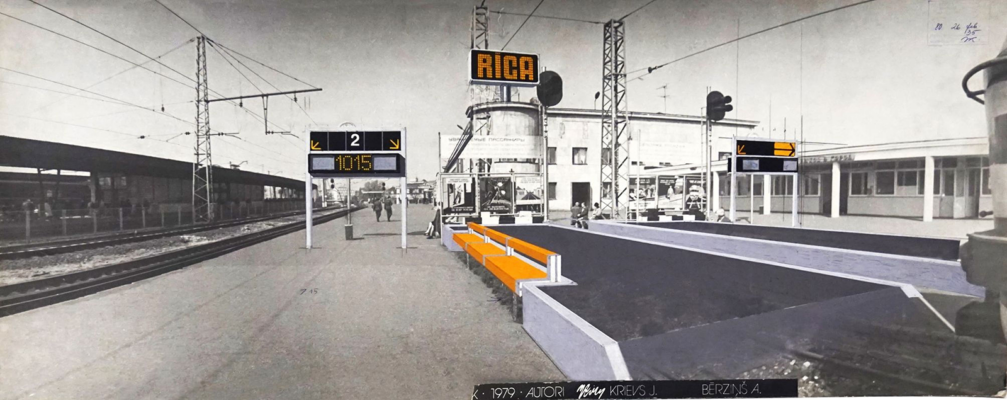
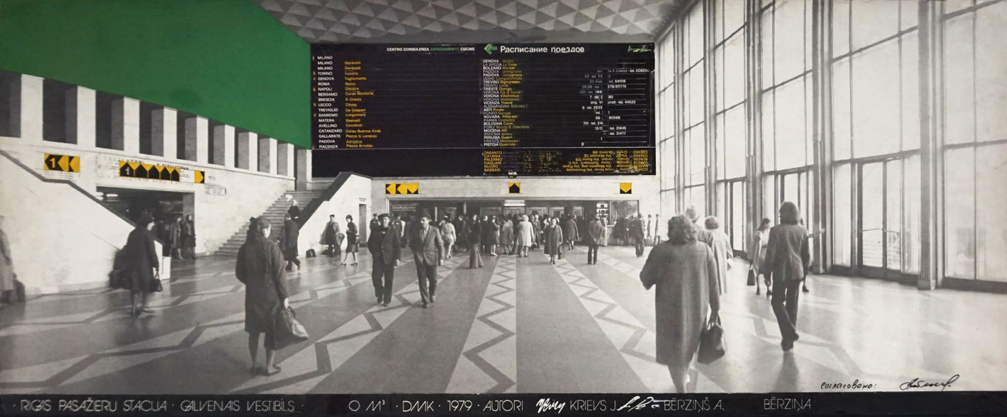
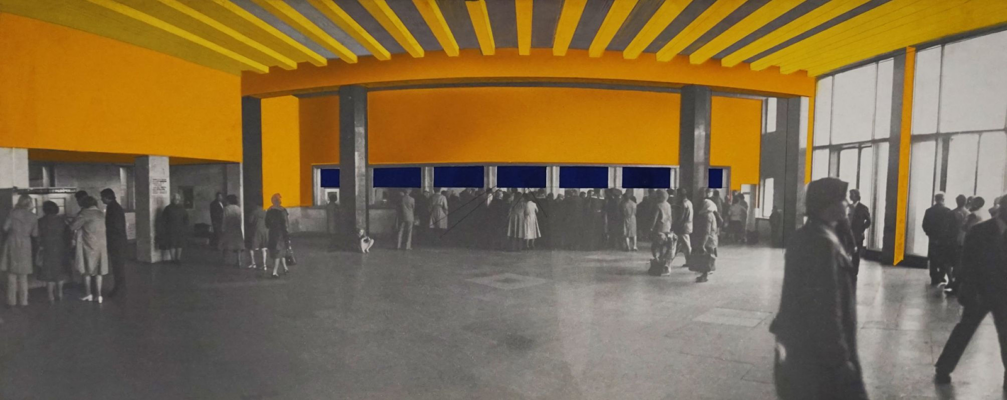
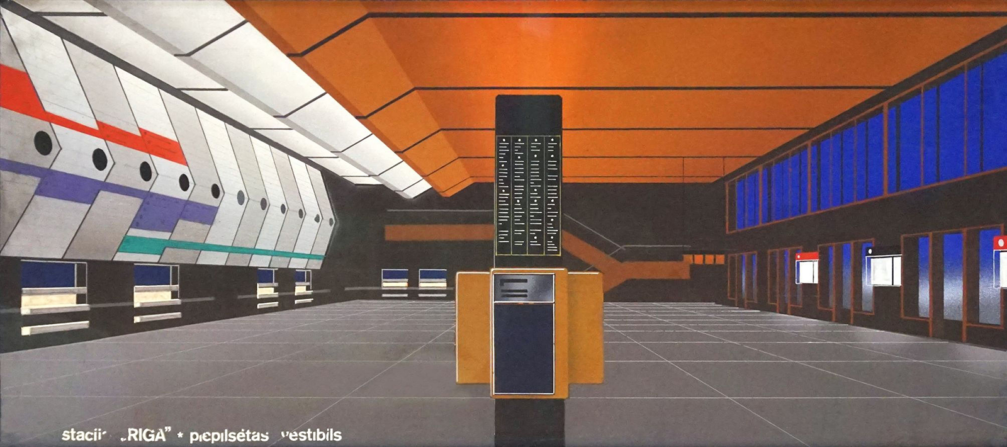
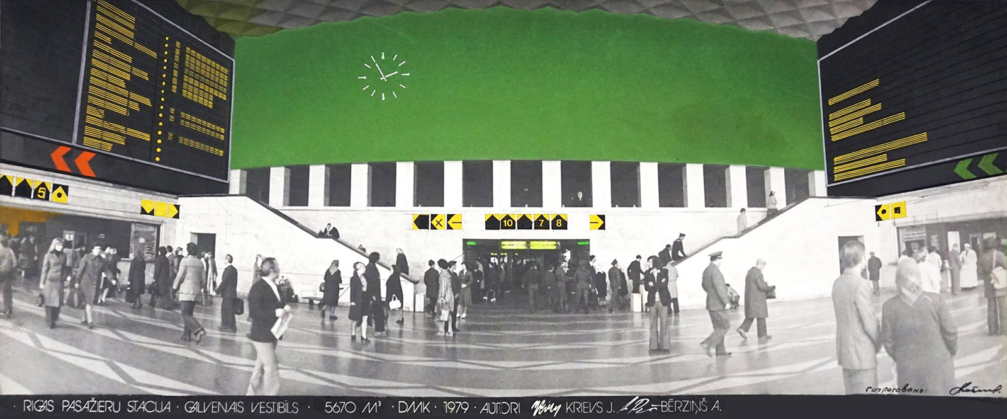
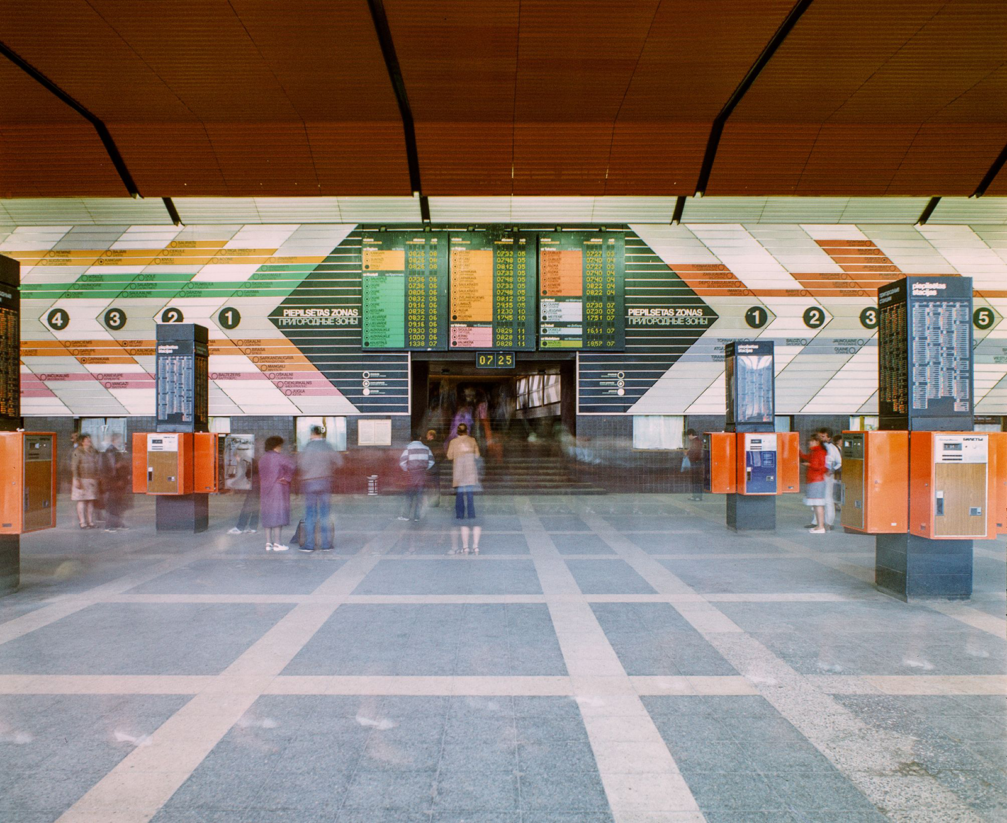
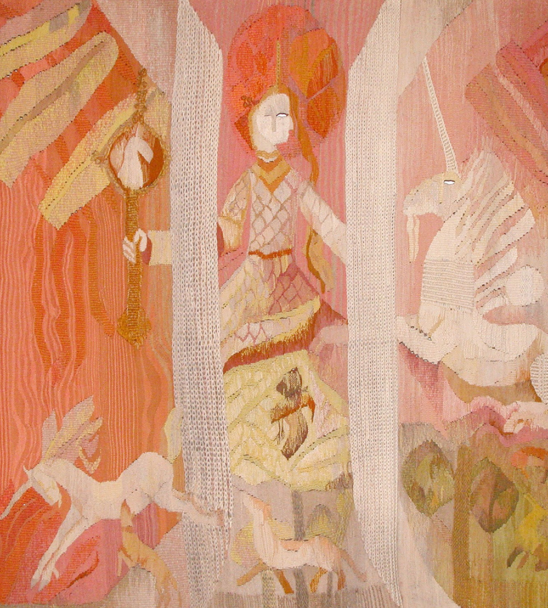

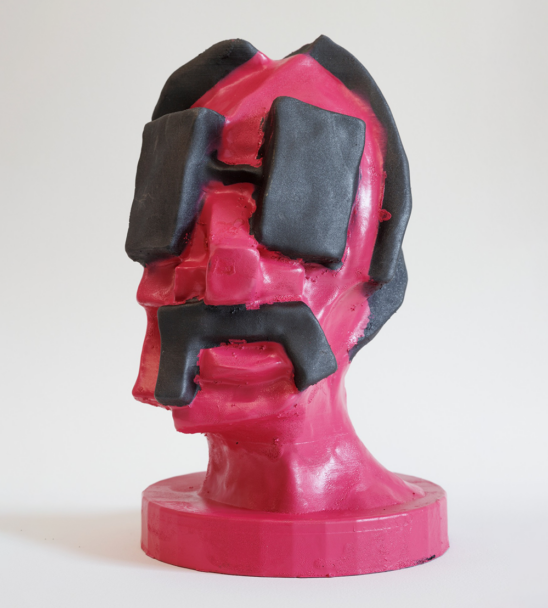
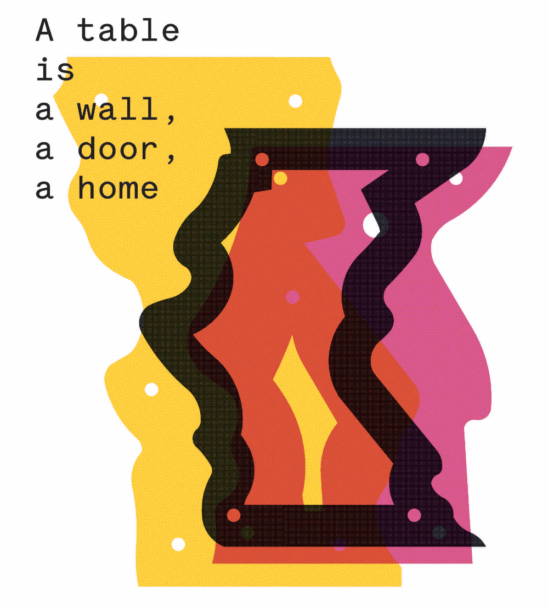
Viedokļi